
Figure 1 from The Hydration and Dehydration Phenomena in MitosisIV. The chromonemata as natural
The following levels of DNP compaction in mitotic chromosomes are suggested: a 10-nm nucleosomal fibril, a 25-nm nucleomeric fibril, and the chromonema, a fibrous structure, about 100 nm in diameter, composed of chromomeres. Interphase nuclei also contain structures which are morphologically similar to the chromomeres of mitotic chromosomes.

PlantFiles Pictures Xeronema Species, Poor Knight's Lily (Xeronema callistemon) by mrporl
The chromonema is the carrier of the genes. They also help in maintaining the proper structure of chromomere. The chromonema appears to be like a mass of coiled threads at the beginning of the cell division. The chromonema bears several knot or beaded structure which is called chromomere. These granules are present at regular intervals.

Pin on NZ Native grasses
What is the Chromosome structure? How is DNA packaged into chromosomes and describe the structure of a chromosome? The general structure of somatic chromosomes can be studied best at the metaphase and anaphase of mitosis. Each comprises the following parts: Pellicle and Matrix Chromonemata (Chromatid during Metaphase) Chromomeres Centromere
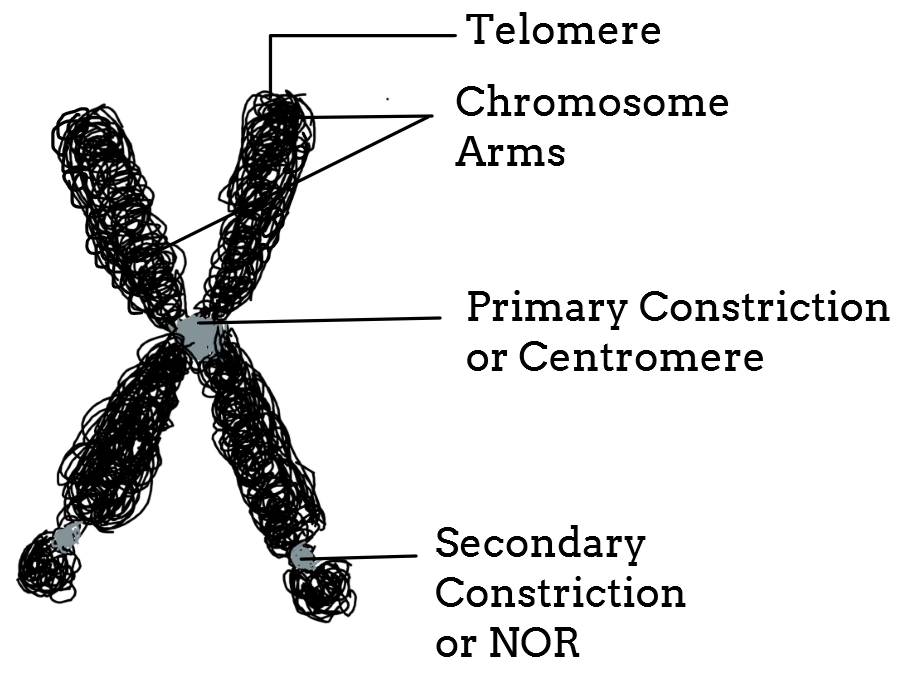
Describe the structure of the chromosome with a suitable diagram.
The number of chromonemata is not fixed in each chromatid. It varies from 2 to 32 in number. During prophase, the chromosome becomes visible and filamentous called chromonemata. Cromonemata form gene bearing portion of the chromosomes. The bead-like appearance of chromatin material on chromonemata is called chromomeres.
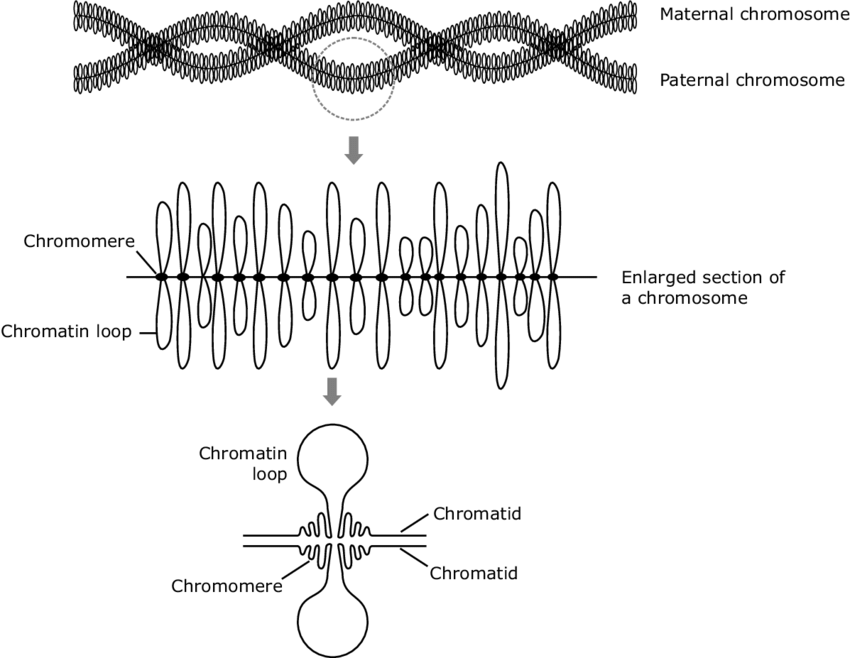
Important Notes For NEET Biology Chromosome Structure
chro·mo·ne·ma·ta ( krō'mō-nē'mă, -ma-tă ), The coiled filament in which the genes are located, which extends the entire length of a chromosome and exhibits an intensely positive Feulgen test result for DNA. Synonym (s): chromatic fiber [chromo- + G. nēma, thread] Farlex Partner Medical Dictionary © Farlex 2012 chromonema (krō′mə-nē′mə)
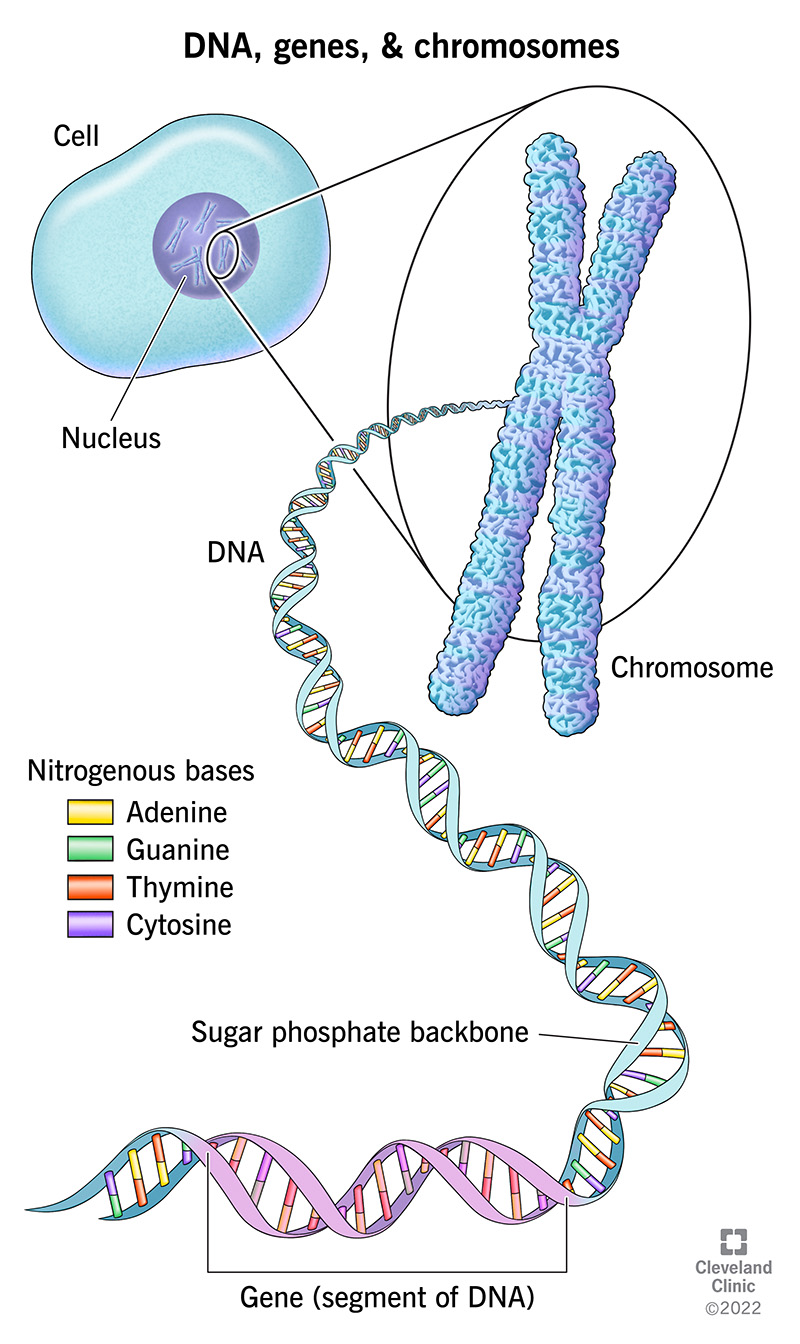
Pasta Is Made Up Of Wholesale Shop, Save 61 jlcatj.gob.mx
1 10nm fibres are seen only by electron microscopy,while chromonema fibres refer to chromatin fibres visible by light microscopy. See this paper. 10nm or 30nm fibres are thus much, much smaller than chromenema fibres. There are likely several layers of organization (like 100nm and 200nm fibres) before you get all the way up to chromenema fibres.
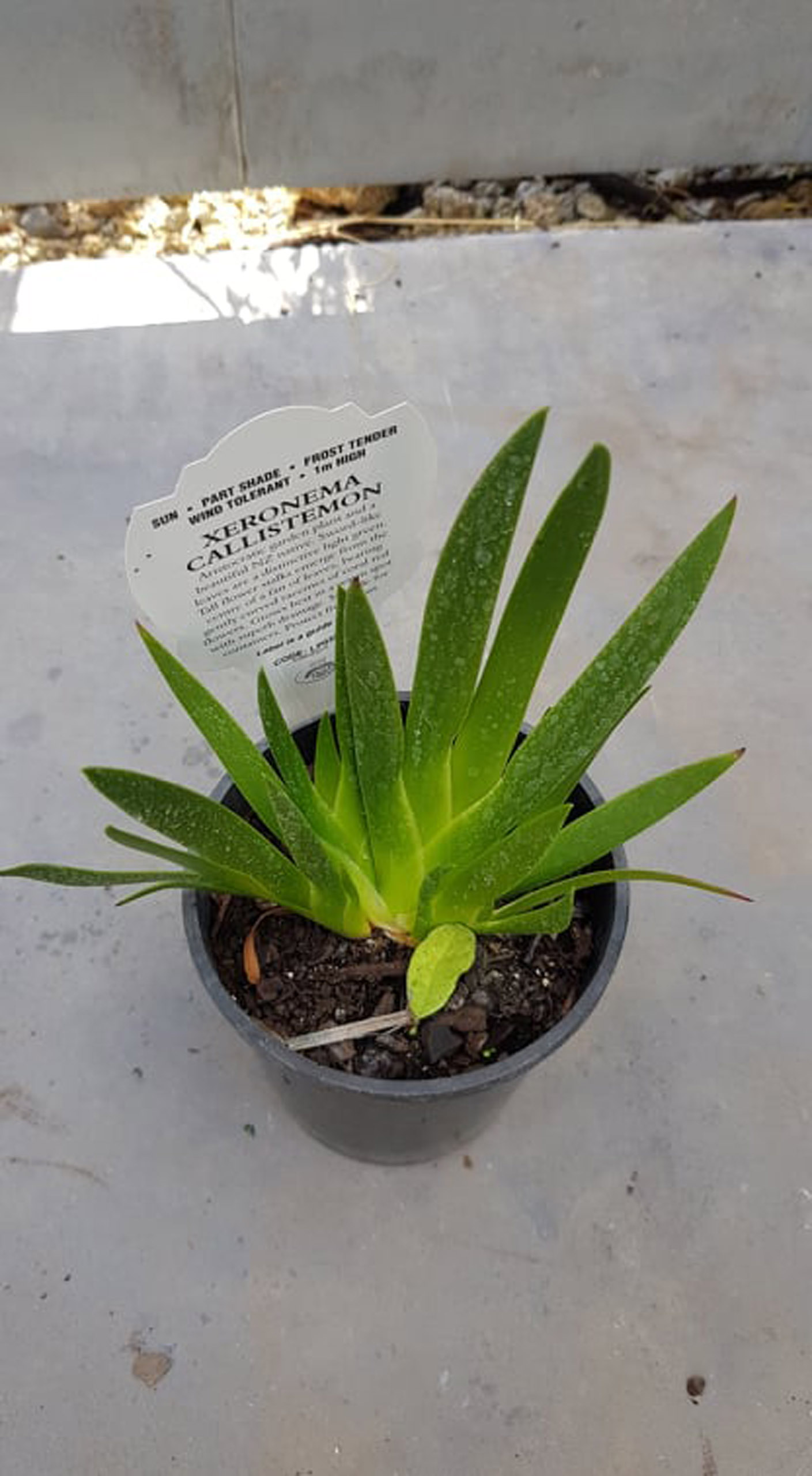
Xeronema Springvale Garden Centre
noun chro· mo· ne· ma ˌkrō-mə-ˈnē-mə plural chromonemata -ˈnē-mət-ə : the coiled filamentous core of a chromatid

Col SEM of giant chromosome from salivary gland Stock Image P657/0014 Science Photo Library
chro·mo·ne·ma·ta ( krō'mō-nē'mă, -ma-tă ), The coiled filament in which the genes are located, which extends the entire length of a chromosome and exhibits an intensely positive Feulgen test result for DNA. Synonym (s): chromatic fiber [chromo- + G. nēma, thread] Farlex Partner Medical Dictionary © Farlex 2012 chromonema (krō′mə-nē′mə)

Xeronema Callistemon, Poor Knights Lily Stock Image Image of shaped, xeronema 51617363
Aggregates of chromomeres are known as chromonemata. Cohesive proteins SMC3 and hRAD21(plays a role in sister chromatid cohesion) are found within chromomeres at high concentrations, and maintain the proper structure of chromomeres. The protein XCAP-D2 is also present at high concentrations within the chromomere, and acts as a condensin component.
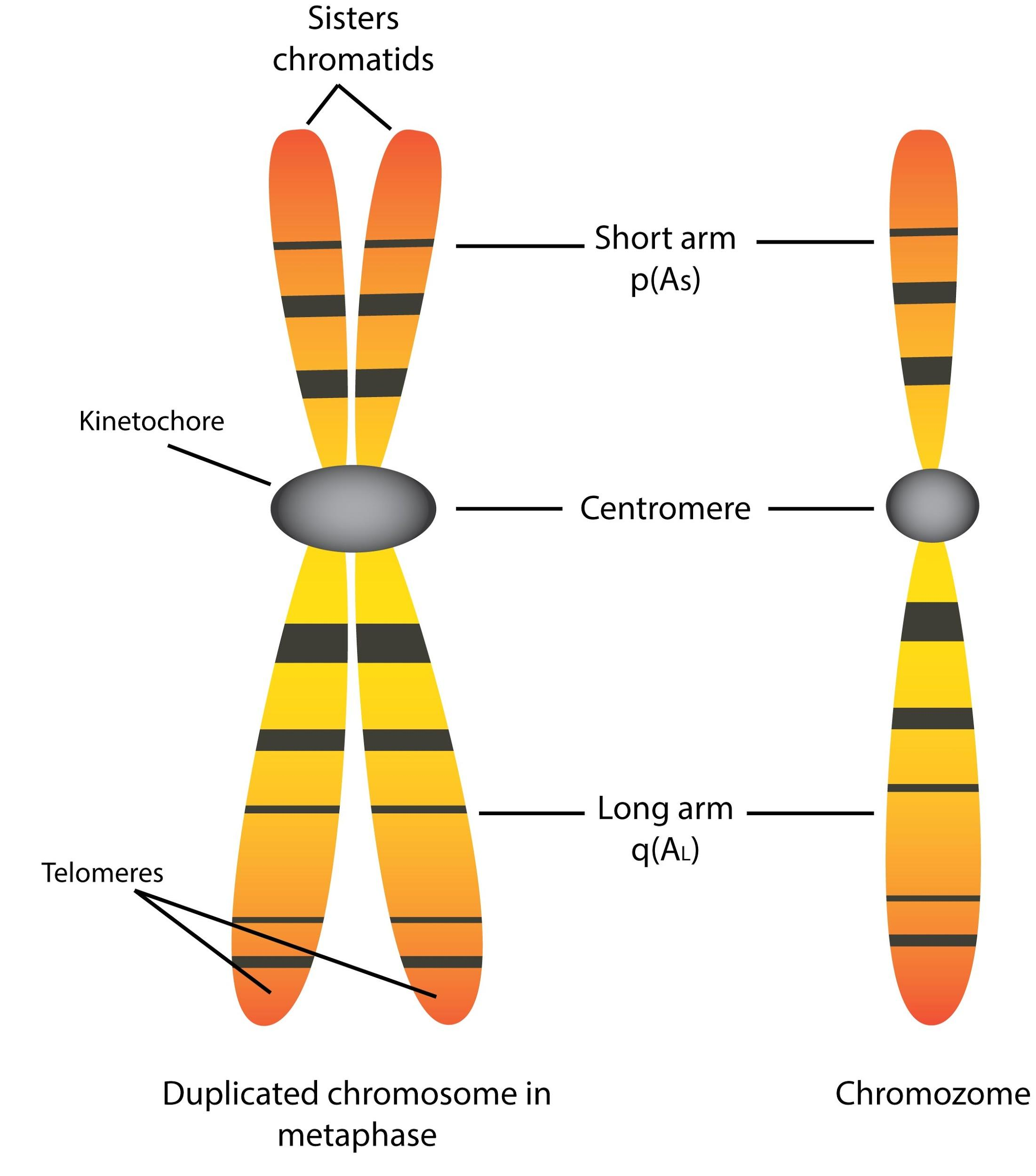
What Is A Chromosome B Fa My XXX Hot Girl
Chromatin, chromosome, chromatid, chromonema, chromonemata and chromomere- these are sound very similar but are actually different things. These terms are ve.

Chromosome Definition, Structure, Types and Function Biology Ideas
6 Main Parts of a Chromosome Article Shared by ADVERTISEMENTS: The following points highlight the six main parts of a chromosome. The parts are: 1. Pellicle and Matrix 2. Chromatids, Chromonema and Chromomeres 3. Centromeres 4. Secondary Constriction 5. Satellite 6. Telomere. Part # 1. Pellicle and Matrix:

Xeronema callistemon Native garden, Trees to plant, Plants
c. Chromonemata, d. Primary constriction, e. Secondary constriction, f. Satellite and. g. Telomere. a. Pellicle: It is the outer, thin but doubtful covering or sheath of the chromosome. b. Matrix: Matrix or ground substance of the chromosome is made up of proteins, small quantities of RNA and lipid.
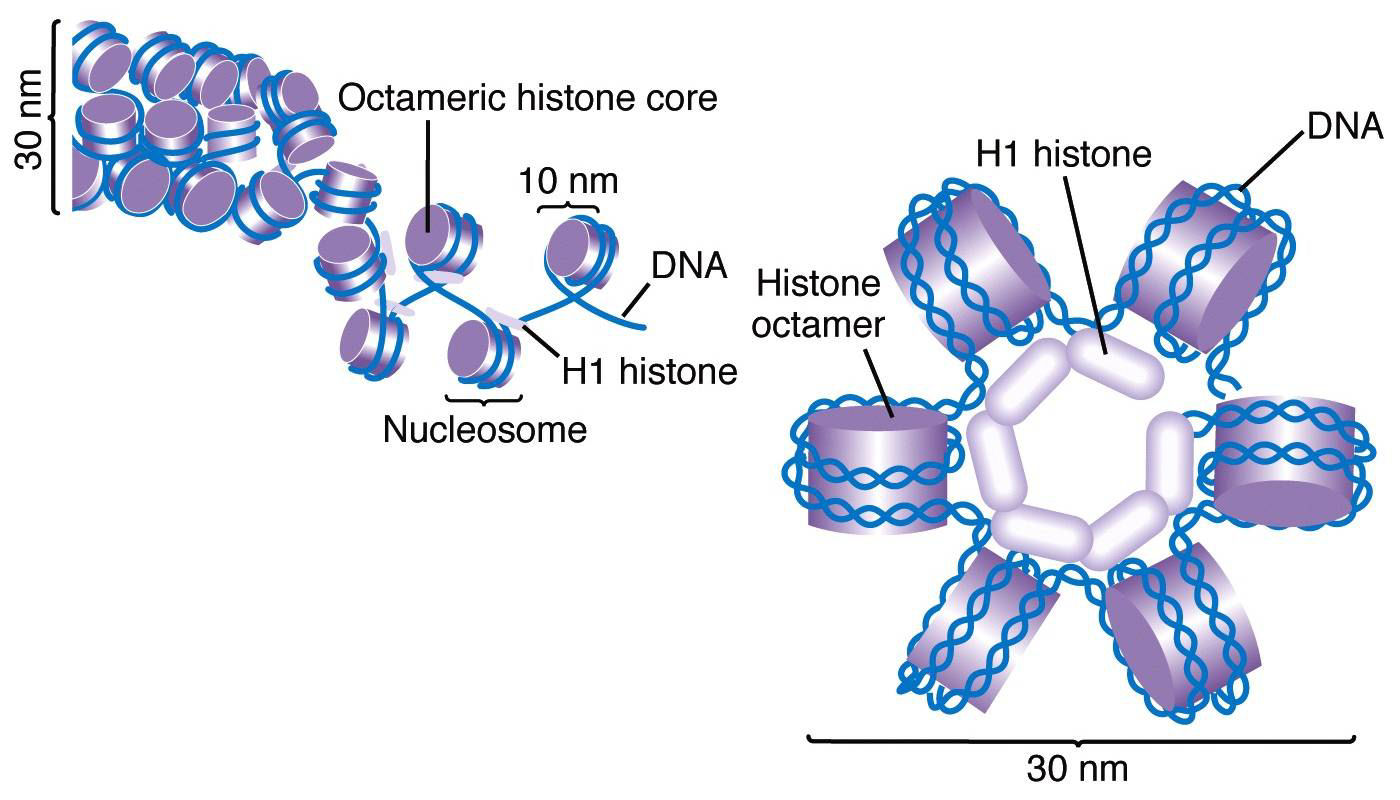
Chromosome structure hercwules
What are Chromosomes? Structure of a Chromosome Pellicle Matrix Chromonemata Centromere Secondary Constriction or Nucleolar Organiser Telomeres Types of Chromosomes A. Autosomes and Sex Chromosomes B. On the Basis of Number of Centromeres C. On the Basis of Location of Centromere Prokaryotic Chromosomes Eukaryotic Chromosomes a. Nucleosomes

Xeronema callistemon (Xeronemataceae) image 80089 at PhytoImages.siu.edu
Human karyotype is a representation of the chromosomes present in a human cell. A human cell has 46 chromosomes of different shapes and sizes. Out of the four types of chromosomes that we have discussed so far, three can be observed in our human karyotype. Telocentric chromosomes are absent in humans.
What are chromonemata and chromomeres?
chromonema Quick Reference (pl. chromonemata) cytological term for 1 all of the threads which make up the nuclear reticulum. 2 any of the smallest strands of DNA in a chromosome or chromatid. 3 a twisted chromatid thread within the chromosome. [.] From: chromonema in Oxford Dictionary of Biochemistry and Molecular Biology »

Chromatin, chromosome, chromatid, chromonema, chromonemata,chromomere YouTube
Chromonemata is the gene-bearing structure of a chromosome. Sometimes (in interphase), bead-like accumulations of chromatin material are visible along the chromosomes. These are termed as chromomeres. These are regions of tightly-packed DNA. Usually, the centromere lies within the primary constriction (thinner chromosomal segment).